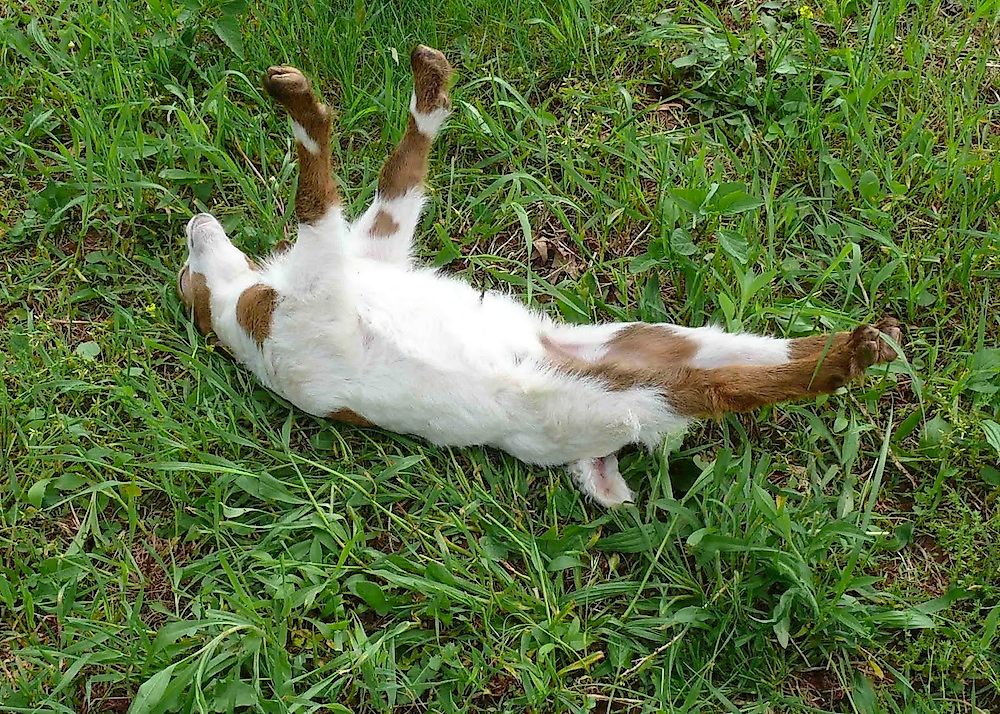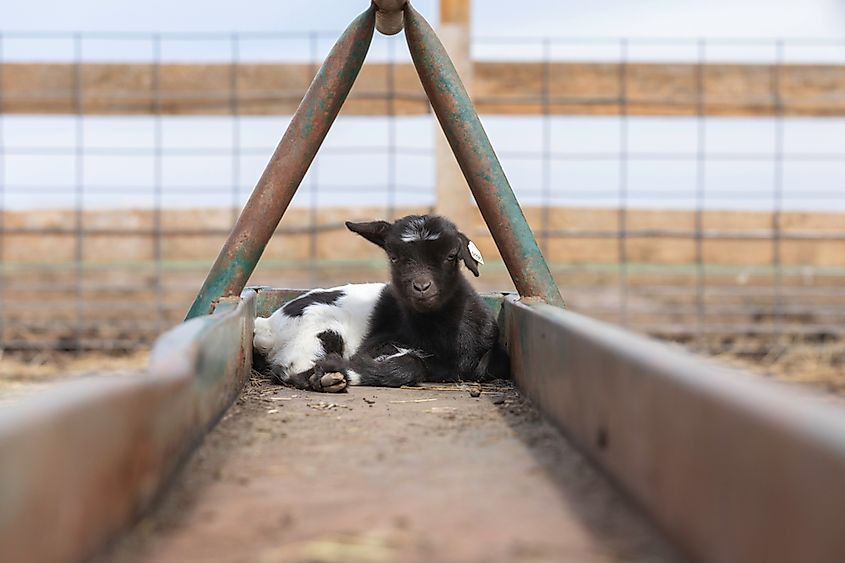Why Do The Fainting Goats Faint?

There are millions of views on YouTube videos of fainting goats. Statistically speaking, you were bound to see some of them. These goats are famous online for doing one thing - fainting. But do they really faint? Even though the goats actually do not faint, they are still best known as ‘fainting goats.’
So, if they do not faint, what exactly happens to ‘fainting goats’?
Blame It On Biology
This type of domestic goat is special for biological reasons, which happen when the fainting goat is startled. What seems to look like fainting, is actually stiffening of the goat’s muscles. As the muscles tense up, the goat cannot immediately relax, which makes it fall on the ground. Bear in mind, the goat is fully aware while this is happening, but it is in a state of myotonia. This is why they are also known as myotonic goats. Myotonia, the temporary stiffness of muscles, is a disorder that is hereditary in goats.
Biologically speaking, the goat’s brain sends a signal to the eyes and ears. This activates the flight or fight response. This is when the brain decides to either stay or flee, which causes the muscles freezing somewhere between five to twenty seconds. Since it happens momentarily, the muscles quickly begin to relax, and the goat is able to escape in case of a threat.
When the goat experiences panic and freezes, it does not suffer, nor does it feel pain. In fact, these goats lead perfectly normal lives.
Do All Fainting Goats Have This Condition?

Not all fainting or myotonic goats experience this condition in the same way. It differs from goat to goat, their age, the water, and taurine (an amino acid). As goats reach maturity, they experience myotonia much less than the younger goats. This is simply because of their experience with the condition. Their ability to adapt makes it harder for them to get frightened.
Quick Facts About Fainting Goats
Myotonic goats are usually black and white, but other color combinations are also possible. They have large eyes in high sockets as opposed to other goats and can have short or long hair. The goats are herbivores, feeding mostly on shrubs, trees, and vines. They usually discover other food or objects by tasting them. As very social animals, they form herds with other animals and bond with humans. This breed of goats is intelligent; they can solve easy puzzles, and have an inquisitive nature. They can live up to eighteen years.
Humans And Fainting Goats
There are fainting goats all over the world, but they were brought to Tennessee in the 1880s, so they are also referred to as Tennessee goats. Today, their highest number remains in the USA. Based on the International Fainting Goat Association, there are about ten thousand goats around the world. In fact, they are not typically kept for meat. People breed these goats because of their unique condition. They are easy to care for, thanks to their friendly nature and smaller size.











